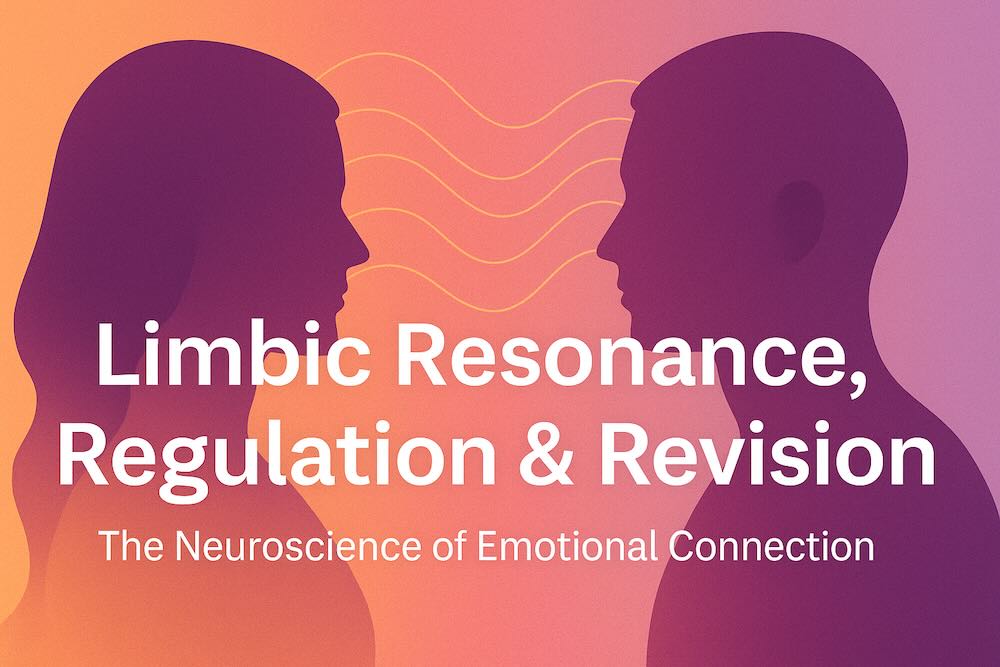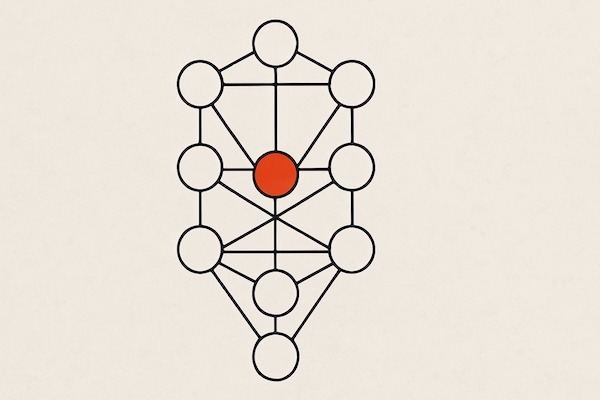Understanding our emotional lives can seem both mysterious and intuitive. Often, we experience profound feelings without fully grasping their origins or the forces behind their intensity. Neuroscience provides fascinating insights into how our emotional worlds intertwine with those around us. Central to this understanding are three concepts: limbic resonance, limbic regulation, and limbic revision.
Limbic Resonance: The Silent Symphony of Connection
Limbic resonance refers to the deep, unconscious, and emotional synchronization between individuals. It is the “unspoken language” that allows us to feel empathy, compassion, and connectedness without needing to exchange a single word. Our brains have an intrinsic capacity to pick up subtle emotional signals from others, synchronizing our emotional states to foster understanding and intimacy.
When you sense someone’s sadness and feel a pang of sorrow yourself, or when shared laughter with friends uplifts your mood effortlessly, you’re experiencing limbic resonance. This resonance underlies powerful emotional experiences like falling in love, forming secure attachments, and even feeling the collective joy or grief within groups and communities.
Limbic Regulation: Balancing Our Emotional World
While limbic resonance connects us emotionally, limbic regulation involves the ability to influence and stabilize each other’s emotional states. We rely significantly on this mutual regulation in our daily interactions. When a parent soothes a distressed child, or a partner’s reassuring presence calms anxiety, limbic regulation is at work.
The nervous system responds directly to the emotional signals it perceives from others. This can result in lowered heart rates, decreased stress hormones, and a profound sense of safety and well-being. Healthy relationships serve as emotional anchors, helping us manage life’s challenges more effectively by fostering emotional resilience and flexibility.
Limbic Revision: The Healing Power of Relationships
Perhaps most transformative is the concept of limbic revision. Early emotional experiences—especially attachment and bonding with caregivers—set deep emotional templates within our brains. When these experiences are nurturing and secure, they lay the foundation for stable emotional health. Conversely, early disruptions, trauma, or neglect create maladaptive emotional patterns that often persist into adulthood.
However, neuroscience offers hope through limbic revision, the process by which deep emotional patterns are reshaped through new, corrective experiences in close relationships. Therapy, friendships, and loving partnerships have the potential to rewrite our emotional narratives. Through consistent emotional attunement and supportive relationships, our brains can develop new emotional patterns, allowing old wounds to heal and healthier emotional responses to emerge.
Practical Applications for Emotional Growth
Understanding limbic resonance, regulation, and revision empowers us in profound ways:
- Cultivate Mindful Relationships: Engage intentionally in relationships that foster emotional resonance and regulation.
- Prioritize Emotional Safety: Create environments—both personal and communal—that encourage openness, empathy, and emotional safety.
- Seek Healing Connections: Recognize the transformative potential of relationships and actively seek connections that promote limbic revision and emotional healing.
By acknowledging these limbic processes, we step into deeper self-awareness and meaningful relationships. We realize the profound interconnectedness of our emotional lives, embracing the remarkable capacity of human connections to heal, sustain, and enrich us all.







